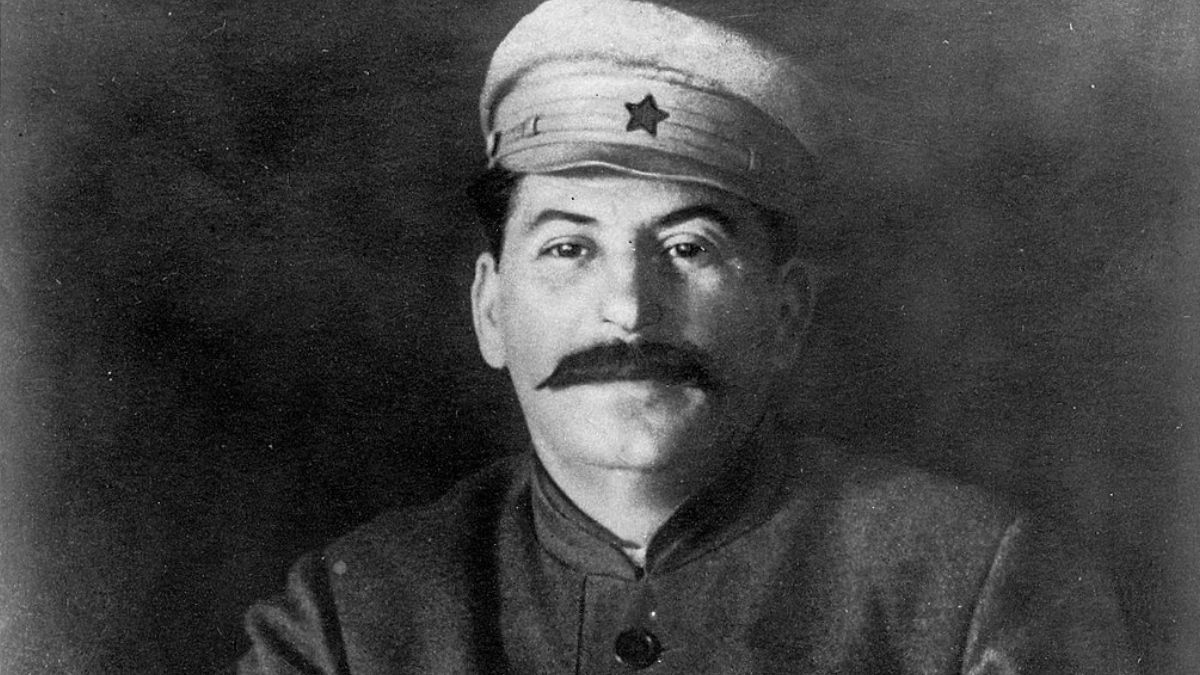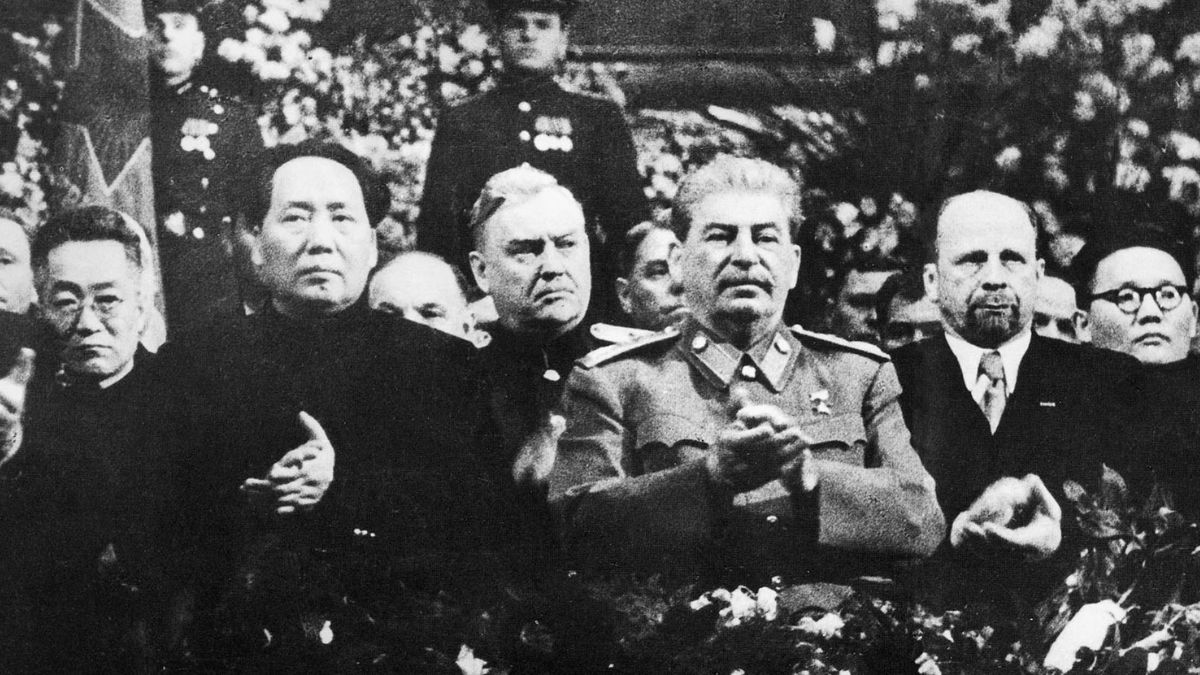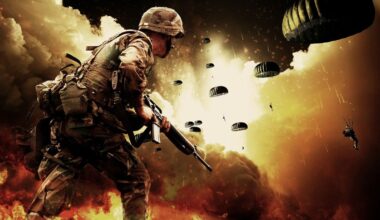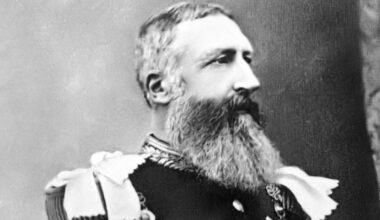Joseph Stalin was the infamous leader of the Soviet Union from the mid-1920s until his death in 1953. He is synonymous with brutality and oppression. Under his rule, the Soviet Union witnessed a reign of terror characterized by mass executions, forced labor camps, and political purges. Delve into the dark chapter of history as we uncover the atrocities committed by Joseph Stalin and his totalitarian regime.
Rise to Power
Stalin’s rise began after the 1917 revolution. He was a key member of the Bolsheviks, gaining power within the party. When Lenin died in 1924, Stalin outwitted his rivals and became the unchallenged leader of the Soviet Union.
Stalinism
The term “Stalinism” encapsulates the ideological, political, and repressive practices associated with Joseph Stalin’s rule. Characterized by a cult of personality, centralized control, and state-sponsored violence, Stalinism imposed strict conformity and obedience to the Communist Party’s dictates, stifling dissent and opposition.
Great Purge
One of the most notorious atrocities of Stalin’s regime was the Great Purge. It is also known as the Great Terror, which unfolded between 1936 and 1938. During this period, Stalin orchestrated a campaign of political repression, targeting perceived enemies of the state, including party members, intellectuals, military leaders, and ordinary citizens. Thousands were arrested, tortured, and executed, while countless others were sent to labor camps or forcibly exiled.

Gulags
The Gulag system, a network of forced labor camps scattered across the Soviet Union, served as a cornerstone of Stalin’s repressive apparatus. Millions of individuals deemed “enemies of the people” were subjected to brutal conditions, forced labor, and systematic abuse in the Gulags. Countless lives were lost due to malnutrition, disease, and harsh treatment, perpetuating a cycle of suffering and despair.
Collectivization
Stalin’s policy of agricultural collectivization, implemented in the late 1920s and early 1930s, resulted in widespread hardship and famine. Peasants were forcibly removed from their land and compelled to join collective farms, disrupting traditional farming practices and leading to food shortages. The resulting famine, particularly in Ukraine and other regions, led to millions of deaths from starvation and malnutrition.
Repression of Dissent
Stalin’s regime brooked no dissent, ruthlessly suppressing any form of opposition or criticism. Censorship, propaganda, and surveillance were employed to control the flow of information and suppress alternative viewpoints. Intellectuals, artists, writers, and dissidents were persecuted, silenced, or driven into exile, leaving a legacy of fear and self-censorship.
Totalitarian Regime
Under Stalin’s rule, the Soviet Union became a totalitarian state characterized by absolute control over all aspects of society. The Communist Party, under Stalin’s leadership, wielded unchecked power, dictating every facet of political, social, and cultural life. Individual freedoms were subordinated to the interests of the state, creating a climate of fear and submission.

Human Rights Abuses
The atrocities committed by Joseph Stalin and his regime constituted egregious violations of human rights on a massive scale. Arbitrary arrests, summary executions, and forced labor deprived millions of individuals of their fundamental rights to life, liberty, and dignity. The legacy of Stalin’s crimes continues to reverberate through generations, leaving a profound impact on survivors and their descendants.
Historical Reckoning
Despite attempts to whitewash or justify Stalin’s actions, scholars, historians, and survivors have meticulously documented the atrocities of his regime. Archival evidence, eyewitness testimonies, and academic research have shed light on the magnitude of Stalin’s crimes and their lasting consequences. Remembering and reckoning with this dark chapter of history is essential for understanding the dangers of totalitarianism and safeguarding human rights.
Legacy
The legacy of Joseph Stalin’s atrocities looms large in the collective memory of humanity, serving as a stark reminder of the dangers of unchecked power and totalitarian ideology. While Stalin’s regime ultimately collapsed with his death in 1953, its impact continues to shape global perceptions of authoritarianism and the imperative of defending democracy and human rights.
The atrocities committed by Joseph Stalin represent a harrowing chapter in human history, marked by repression, violence, and suffering on an unprecedented scale. From the Great Purge to the Gulags, Stalin’s regime left an indelible mark of tragedy and trauma on millions of lives. Remembering the victims, acknowledging the truth, and confronting the legacy of Stalinism are essential steps toward honoring the principles of justice, democracy, and human rights.










